Why a Nutritionist Wants You to Prioritize Magnesium—Plus 12 Recipes to Get You Started
It's known as the "invisible deficiency." The post Why a Nutritionist Wants You to Prioritize Magnesium—Plus 12 Recipes to Get You Started appeared first on Camille Styles.
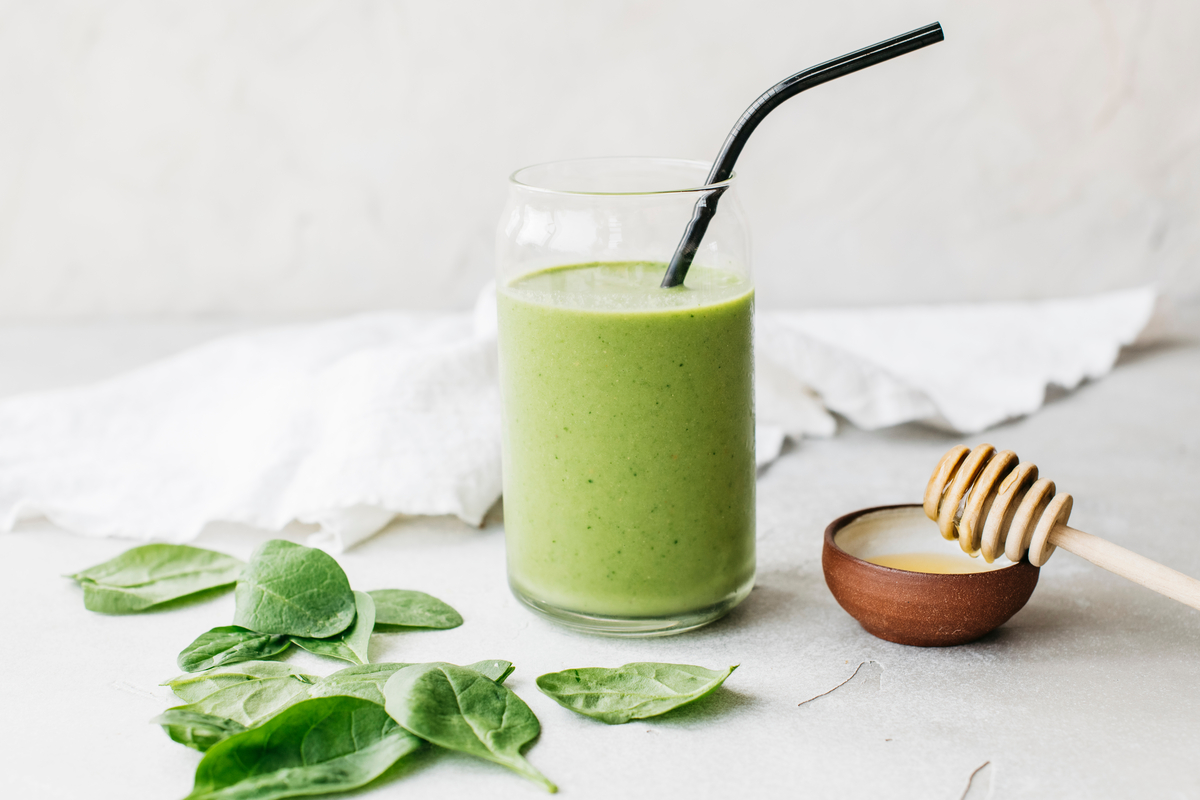
In the early months of 2020, words like “immunity” and “immune system” became commonplace. People began taking serious precautions during an otherwise unprecedented time. Health and wellness, in particular, became a focal point. Vitamins, supplements, and diet took center stage. Things like foods high in magnesium started to feel more important than they used to. People began spending more time in nature, exercising, and finding creative ways to cope with stress. In many ways, we found new meanings in our relationships, our careers, and our purpose.
The years since the worst of the pandemic have brought their own challenges, but despite this hardship, we can look for silver linings. We can look for what has changed for the better. In particular, our growing emphasis on well-being and whole body wellness. And the research proves it. In fact, the nutritional supplement industry saw its highest growth in over two decades in 2020. On the top of that trending list? Magnesium.
Featured image by Michelle Nash.
1 of 17
What is magnesium?
Magnesium is essential to our well-being. It’s involved in hundreds of chemical reactions in the body, every day. Working behind the scenes, this mineral plays an important role in overall health. Without it, more than 300 enzymes can’t carry out various functions.
Magnesium has many crucial roles, such as supporting muscle and nerve function, energy production, and digestion. It also assists in maintaining electrolyte balance and calcium, sodium, and potassium homeostasis.
We regulate it three main ways: Absorption through the gut, excreting it after filtration and reabsorption, and via exchange from the large amount of bone magnesium. A little-known fact—we store more than half of our magnesium in our bones (50-60%). The remaining amount is stored in various tissues throughout the body.
Why We Need Magnesium
Magnesium allows our muscles to move the way they’re supposed to. It also supports nerve signals, keeps our heart rhythms steady, blood sugar levels balanced, and our joint cartilage healthy. Without it, our muscles can’t move the way they’re supposed to. Our nerves can’t send and receive messages. Our bodies can’t make protein, bones, and DNA. Said differently: We need magnesium in order to be healthy.
Our health is correlated to how much magnesium we have in our bodies. However, our bodies don’t make magnesium on their own, which is why foods high in magnesium are so important.
2 of 17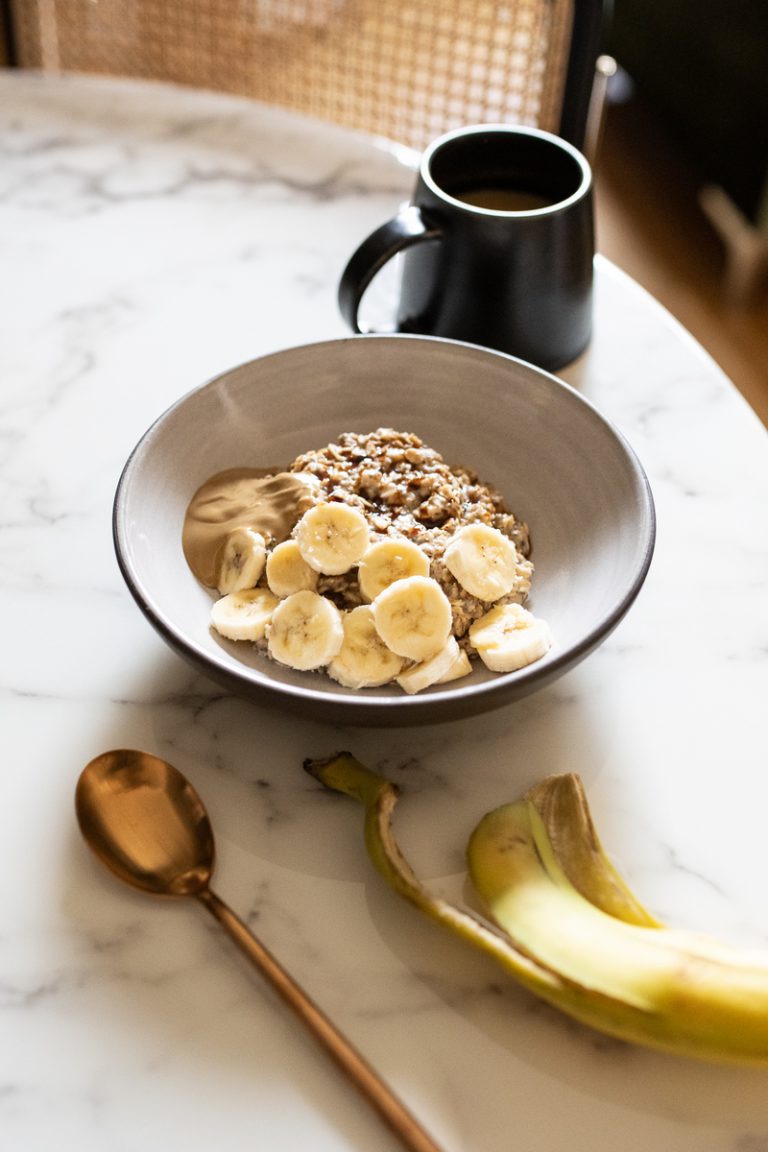
How much magnesium do we need?
Through food and supplements, we can meet our recommended daily allowance (RDA) of magnesium. And although it’s known as the “invisible deficiency” and the “shortfall nutrient,” we can maintain healthy magnesium levels through supplements and food, especially high-fiber foods like dark leafy greens, unrefined grains, and beans. In terms of RDA of magnesium, children ages 9-13 need 240 mg/day, females over 31 need 320 mg/day, and males over 31 need 420 mg/day. Pregnant and breastfeeding women require more magnesium, as with many common nutrients.
Understanding Magnesium Deficiency
Unfortunately, research shows that almost half of all Americans don’t get enough magnesium. Like vitamin D and fiber deficiencies, magnesium is at the top of the list. There are many reasons why we aren’t getting our daily allowance of magnesium, and experts argue a bit of everything. From the impacts of industrialized agriculture on our soil and produce to changes in our modern day dietary habits (consuming more processed foods), to our heavy reliance on medications, low levels of magnesium in the body are becoming the norm. In fact, certain medications deplete the body of magnesium, like birth control pills, blood pressure pills, diuretics, and more. Although the causes of magnesium deficiency vary, it’s worth getting yearly blood work to take a look at your levels
3 of 17
Signs and Symptoms of Magnesium Deficiency
A few of the health problems associated with low levels of magnesium include diabetes, chronic diarrhea, celiac disease, and more. Some of the symptoms manifest as muscle twitches, cramps and weakness, mental health conditions, osteoporosis, high blood pressure, asthma, and an irregular heartbeat. Thankfully, there are plenty of magnesium-rich foods to choose from, as well as potent supplements. (See here for my favorites!)
How to Treat a Magnesium Deficiency
When it comes to treating a magnesium deficiency, there are many ways to improve magnesium absorption. As always, consult with your health care provider before making any changes to your diet or supplement routine.
Reduce or avoid calcium-rich foods two hours before or after eating magnesium-rich foods Avoid high-dose zinc supplements Increase vitamin D supplementation Eat raw vegetables—particularly, sea vegetables Nourish your gut bacteria with a probiotic Minimize refined sugar Add in an extra magnesium supplement 4 of 17
Can you have too much magnesium?
While the magnesium that is naturally present in food does not need to be limited for most people, magnesium in dietary supplements and medications should be monitored by a healthcare provider. When consuming amounts above the upper RDA limit (in supplement or medication) form, cramps and diarrhea are quite common.
In terms of avoiding certain side effects, be sure to take your magnesium supplement with a meal (or a snack) to potentially reduce gastrointestinal effects. Taking magnesium on an empty stomach can cause irritation. In essence, too much unabsorbed magnesium attracts water from surrounding tissues in the intestine and overstimulates the bowel. Therefore, you want to be mindful of the type of magnesium you’re taking (citrate, malate, etc.) and that your dosage is correct. Keep in mind that magnesium supplements are mostly considered safe, but speak with your doctor if you notice any side effects.
What makes certain foods high in magnesium?
In general, rich sources of magnesium are found in many plant-based foods: greens, nuts, seeds, dark chocolate, beans, and whole grains. Foods are considered high in this nutrient when they contain at least 10 percent daily value of magnesium.
5 of 17
12 Foods High in Magnesium
Spinach Bananas Pumpkin seeds Black beans Edamame Almonds Cashews Peanut Butter Avocado Brown rice Whole wheat bread Dark chocolate 6 of 17
Spinach
Leafy greens are packed with nutrients, and spinach is no exception. They’re loaded with magnesium. A serving size of 1/2 cup of boiled spinach contains 78 mg of magnesium.
Recipe: Spinach Artichoke Tarts
7 of 17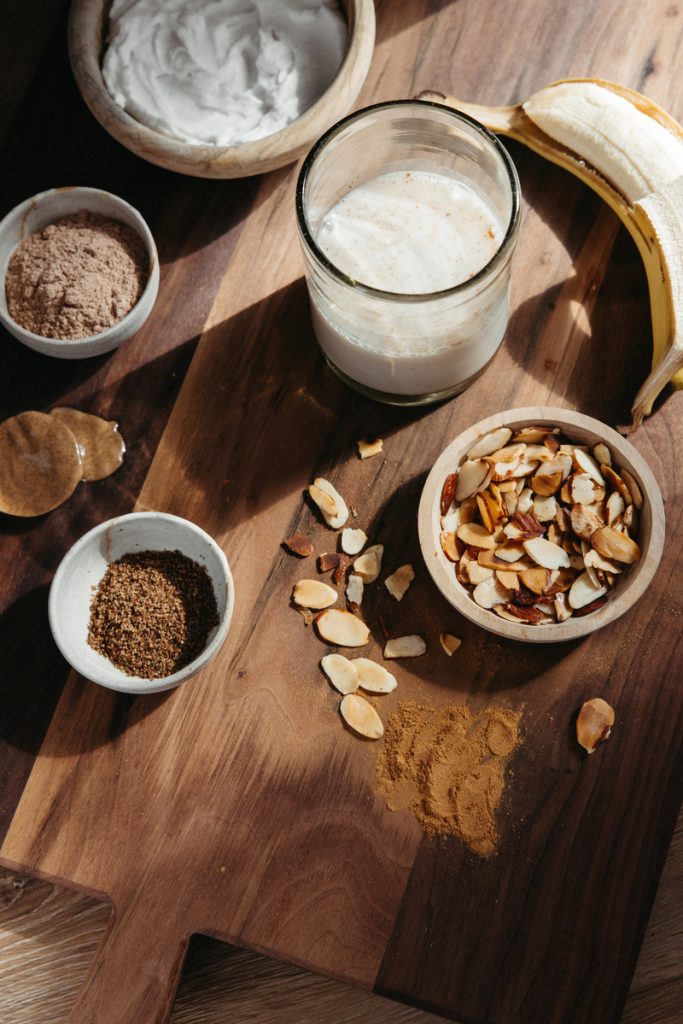
Bananas
Although bananas are best known for their high potassium content, they are also rich in magnesium. One medium banana has 35 mg of magnesium. They also contain vitamin C and fiber.
Recipe: Chocolate Banana Almond Butter Smoothie
8 of 17
Pumpkin Seeds
An excellent source of magnesium, one ounce of pumpkin seeds (in shell) contain 74 mg of magnesium. A quarter cup of pumpkin seeds is almost half the daily recommended value of magnesium! Sprinkle them on salads, add them to smoothies, or toss them on your Greek yogurt. Along with other seeds, they are rich in iron.
Recipe: Squash Hummus With Whole Tahini & Pumpkin Seeds
9 of 17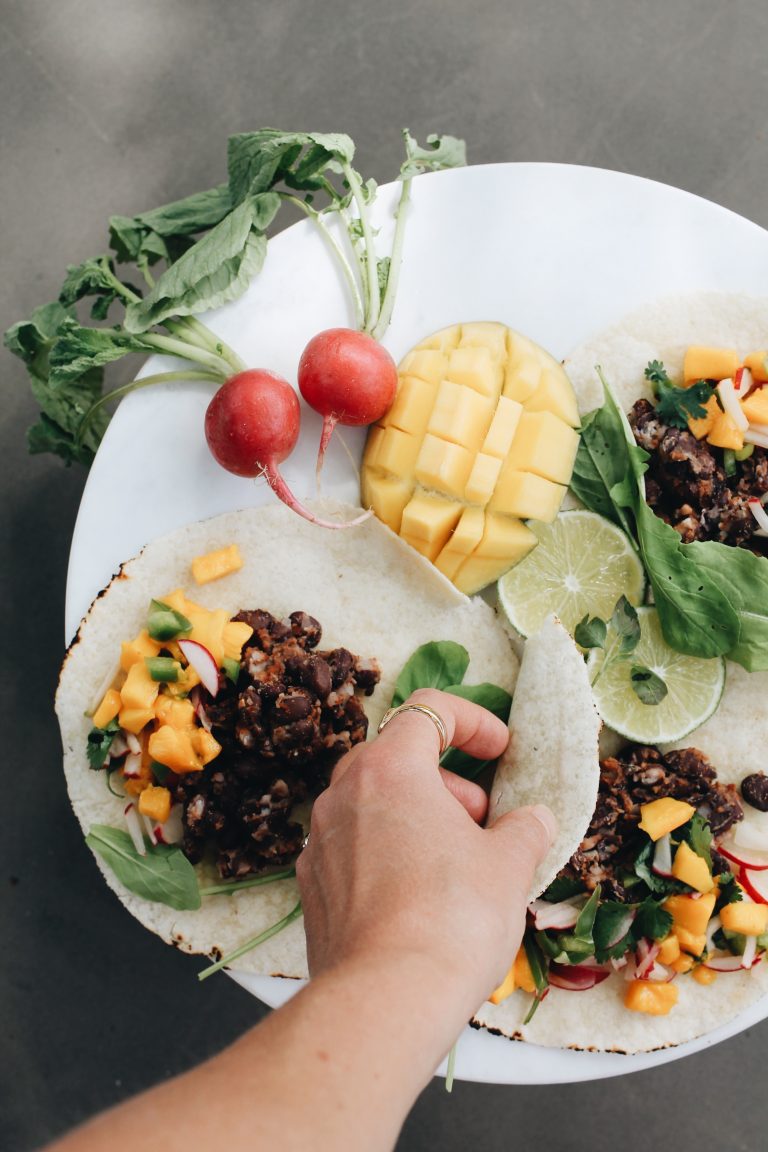
Black Beans
Beans of all varieties contain potassium, iron, and protein, along with magnesium. A serving size of 1/2 cup cooked black beans contains 60 mg of magnesium. Add them to grain bowls or vegetarian nachos, black beans are loaded with antioxidants, fiber, and folate.
Recipe: Black Bean Tacos with Mango and Radish Salsa
10 of 17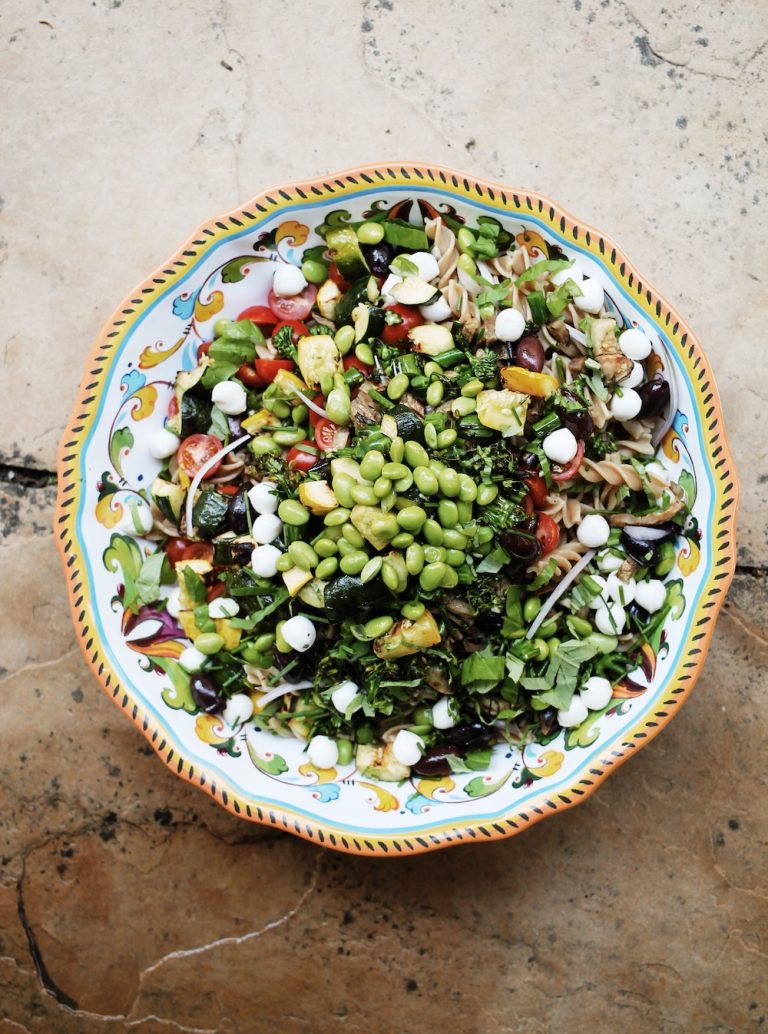
Edamame
Soy, in the form of soy milk, tofu, and edamame have high levels of magnesium. They’re a staple food for many vegetarians and vegans because of their high protein content. A serving size of 1/2 cup shelled and cooked edamame contains 50 mg of magnesium.
Recipe: Summer Pasta Salad
11 of 17
Almonds
In addition to other nuts, like cashews and peanuts, almonds are high in magnesium. One ounce of dry roasted almonds contains 80 mg of magnesium. From spreading almond butter on apples to topping oatmeal with slivered almonds, there are many ways to incorporate this nut into your daily eats.
Recipe: Butternut Squash Pizza With Arugula & Almond Ricotta
12 of 17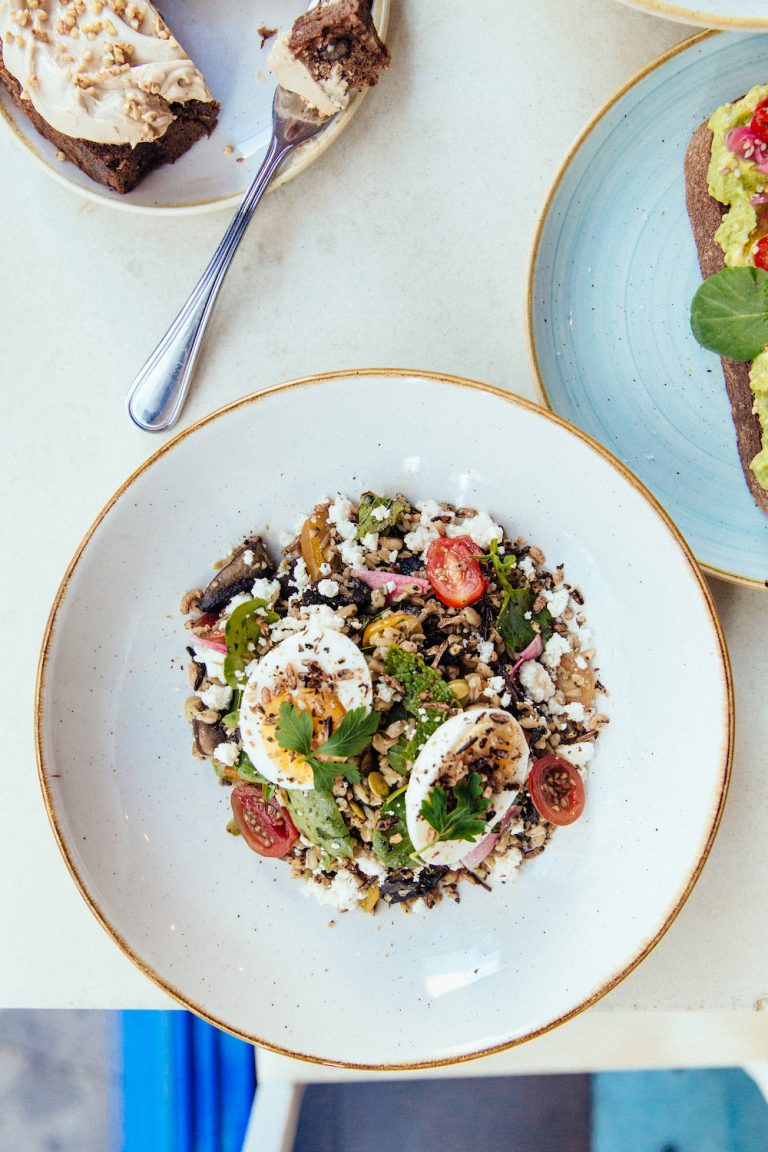
Cashews
In addition to high levels of phosphorus and potassium, cashews are a creamy nut with healthy fats and magnesium. One ounce of dry-roasted cashews contains 74 mg of magnesium. Cashews provide the base for delicious vegan pasta sauces, ice cream, and more.
Recipe: Veggie Grain Bowl with Spring Garlic Cashew Pesto
13 of 17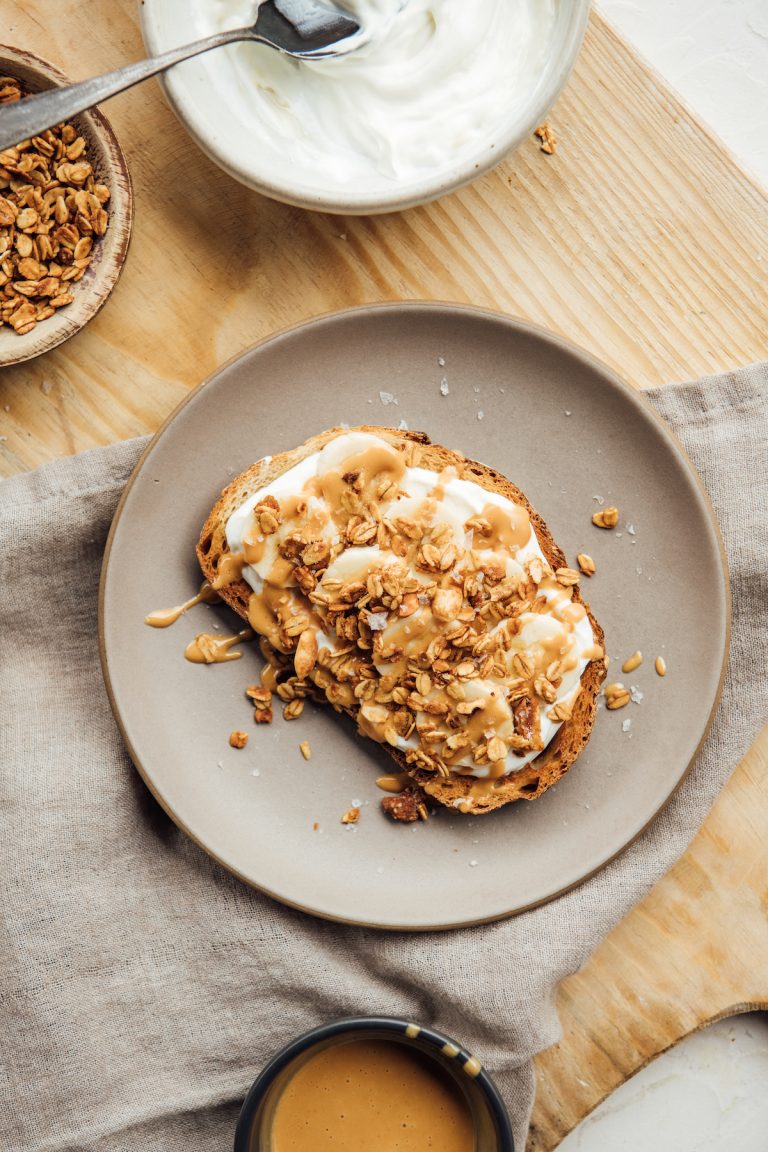
Peanut Butter
Peanuts are legumes (not true nuts!); however, they pack a good source of magnesium like other legumes and nuts. Two tablespoons of smooth peanut butter contains 49 mg of magnesium. Peanuts are an affordable way to load up on satiating fats and magnesium.
Recipe: Yogurt Toast with Peanut Butter and Banana
14 of 17
Avocado
Avocado is a great source of magnesium, as one cup of cubed avocado contains 44 mg. They’re also high in B vitamins and vitamin K. Avocados are best known for their heart-healthy monounsaturated fats, and they’re delicious in many forms—sliced, mashed into guacamole, thrown into a smoothie, and pureed into a sauce.
Recipe: Mango and Feta Salad
15 of 17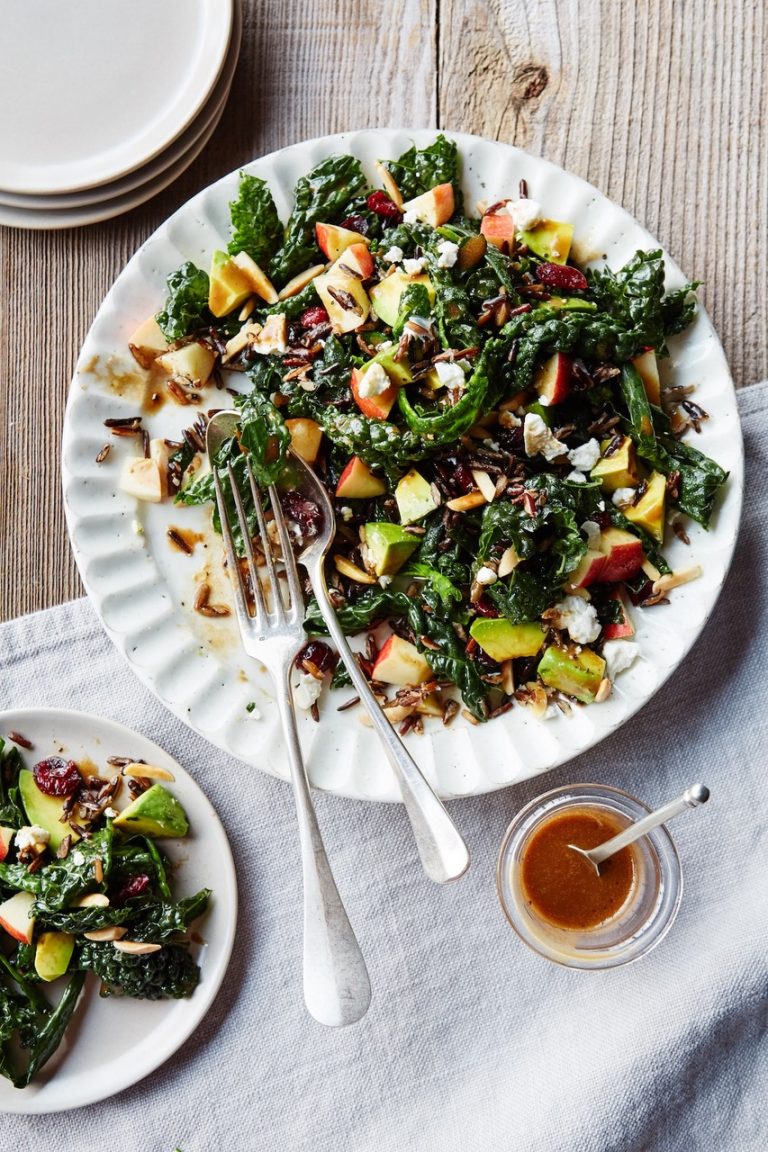
Brown Rice
Unlike white rice, brown rice can provide 11 percent of our daily recommended amount of magnesium. (A serving size of 1/2 cup cooked brown rice contains 42 mg of magnesium.) Brown rice is a complex carb, providing sustained energy and many health benefits.
Recipe: Kale and Wild Rice Salad with Maple-Mustard Vinaigrette
16 of 17
Whole Wheat Bread
Whole grains, like oats and barley, are excellent sources of many nutrients, including magnesium. Many whole grains are also high in B vitamins. Two slices of whole wheat bread contain 46 mg of magnesium. Keep in mind that bread made from whole grain wheat flour provides more magnesium than bread made from refined white flour.
Recipe: Smashed Avocado Toast (on whole-wheat sourdough!)
17 of 17
Dark Chocolate
Dark chocolate is very rich in magnesium, along with iron, copper, antioxidants, and prebiotic fiber (to feed healthy gut bacteria). One ounce of dark chocolate (over 60%) contains 50 mg of magnesium.
Recipe: The Best Dark Chocolate Bar
This post was originally published on August 13, 2021, and has since been updated.

 AbJimroe
AbJimroe 































